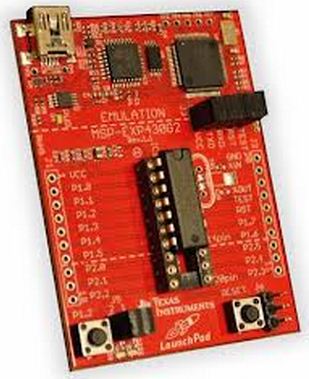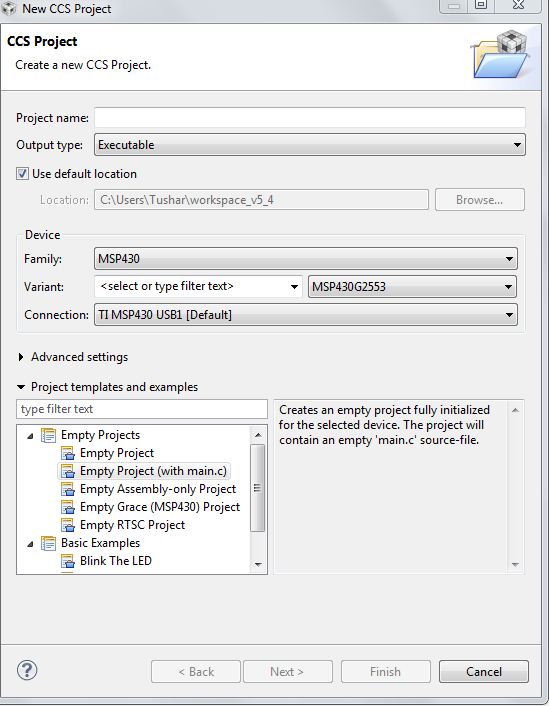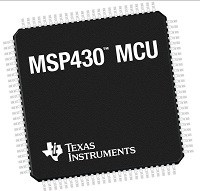Connecting buttons to MSP430

In this new tutorial, we will see the easiest way to connect a push-button to the MSP430. I will be using msp430 Launchpad for the purpose of the tutorial, however, you can use a bread-board to externally interface the push-button Before I begin, I want to tell you the advantage of Msp430 over other sets of microcontrollers available in the market. As you might have seen, msp430 is a pretty cheap microcontroller from the Texas family, and has a 16-bit wide data bus for processing the data but has very few number of pins. Only 2 ports of 8 pins each are available for interfacing and that two without support for an external crystal. If you want to connect an external crystal, you lose two more pins and that reduces the total number of pins available for interfacing to just 14. But this is just the other side of the coin, the other being its application in low-power projects. Consider a situation where you need to log a data out of a sensor and send it to a local station…






